


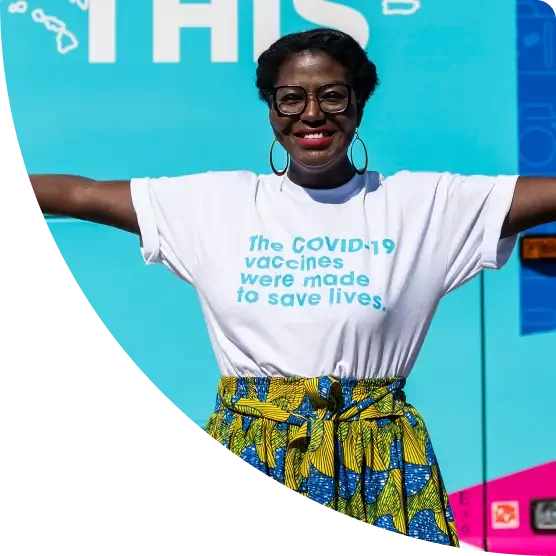


Left to Right: Made to Save, NPower, International Rescue Committee, Atma Connect, UNICEF
Digital communications have become central to our lives, and at Twilio.org, the social impact arm of Twilio, we've seen the extraordinary ways that nonprofits use communications to create impact around the world. To get a clear picture of the state of nonprofit digital engagement, we sought to further examine how nonprofits have evolved their communications strategies over the last few years—and how those strategies will develop in the future.
To better understand the current state of nonprofit digital engagement, we considered data from three sources:
- Data from our own customer engagement platform
- The responses of 800 nonprofit employees across the US and UK
- The opinions of 1,500 program participants* across the US and UK
Our findings indicate how important digital communications are to nonprofits. For example, 89% of nonprofits say digital communications are critical to achieving their organization's mission. However, many organizations have not fully realized the potential for digital communications in their programs. In fact, 75% of nonprofits say their program participants would like them to provide more digital communications options. Considering both the criticality of digital communications and the communication preferences of program participants, nonprofits need to invest in the right digital communications tools and platforms in order to take their programs and impact to the next level.
*We define "program participants" as people who accessed benefits or services from one or more nonprofits in the past 12 months, and used one or more digital communications channels to communicate with a nonprofit.
89%
89% of nonprofits say digital communications are critical to achieving their organization's mission
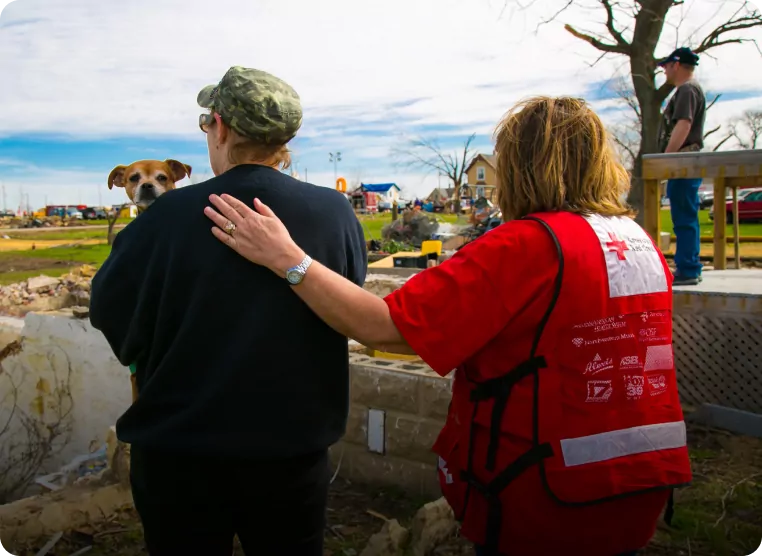
American Red Cross

DonorsChoose
74%
74% of nonprofits expect to increase their investment in digital communications technology in 2022
Five Key Takeaways
1.
Nonprofits outpace the private sector in digital engagement
They're innovating to address some of the world's largest social, economic, and environmental problems
2.
Digital communications are key to improving program outcomes
The upsides of digital engagement are clear, but an opportunity gap remains for nonprofits to reap full benefits
3.
Developers are the secret sauce for digital leaders
Nonprofits need more software engineers to build digital engagement programs, and they need more funding to hire them
4.
Program participants feel the personalization gap
Personalization is the #1 area program participants want nonprofits to prioritize in their digital engagement
5.
Several segments of the nonprofit sector pull ahead in digital maturity
Certain nonprofits are excelling in digital engagement, creating a roadmap for others to follow
Insight 1
Nonprofits outpace the private sector in digital engagement
They're innovating to help as many people as possible

CARE International
Nonprofits as digital leaders
Nonprofit program delivery looks very different today than it did even a few years ago. While organizations previously relied solely on in-person services, direct mail programs, or word of mouth, more have turned to digital program delivery to scale and improve their services. According to our research, nonprofits are having more digital engagement with their program participants than B2C companies are with their customers.
Within the nonprofit sector, digital leaders are emerging. These organizations stand out for using digital communications in increasingly innovative ways, and are more likely to adopt multiple channels, invest in their technical teams, and personalize their participant engagement. While these leaders are utilizing more advanced digital experiences like contact centers and interactive voice response (IVR), 74% of all nonprofits expect to increase their investment in digital communications in 2022.
With continued investment across the sector, nonprofits are quickly accelerating their impact and transforming the experience of program participants.
Get the full insights65%
Roughly 65% of the engagement that nonprofits have with their program participants today is digital
55%
B2C companies currently see 55% of their engagement with customers as digital
7 in 10
71% of nonprofit program participants report a good or excellent experience from nonprofits
48% of consumers of B2C companies report good or excellent personalized experiences from brands

Partnership to End Addiction

Year Up
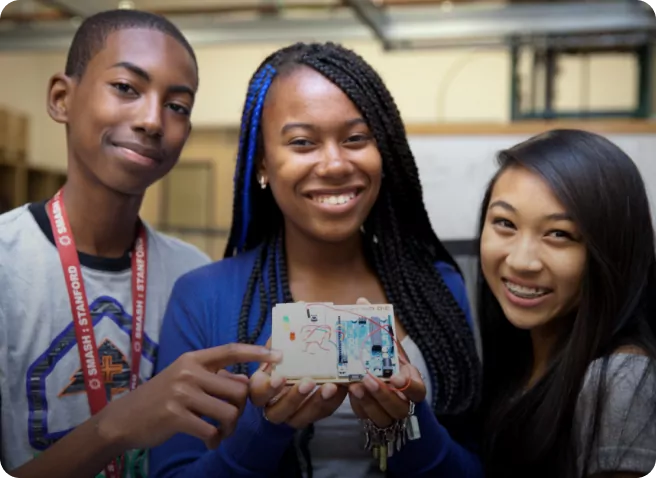
SMASH
Insight 2
Digital communications are key to improving program outcomes
While the benefits of digital communications are clear — there is more to accomplish

World Central Kitchen
Nonprofits, digital communications, and the future of program delivery
This year has seen a record number of nonprofit organizations modernizing their communications. Nonprofits adopted new channels and strategies across their programs to provide accessible means of engagement, deliver help when it's needed, and inspire people to take action on causes they care about.
Nonprofits and program participants both agree that digital communications are a critical long-term tool for helping people better and faster. However, while most nonprofits say digital communications are important for providing services and programs, only 37% of participants say nonprofits are using them in that way. Nonprofits that incorporate digital communications into their programs begin to see immediate returns, with organizations experiencing an average of 3.6 benefits, such as increasing the accessibility and efficiency of programs and services.
Get the full insights3.6 benefits
Nonprofits experience an average of 3.6 benefits to their core programs by digitizing program participant engagement

Action Against Hunger
Insight 3
Developers are the secret sauce for digital leaders
The nonprofit sector needs more software engineers to build digital engagement programs and fuel future impact

Kinvolved
Developers are the catalyst behind digital transformation for nonprofits
Software developers play a key role in adopting new communication channels and capabilities, but only 25% of nonprofits at the beginning stages of digital maturity report having the developer talent they need.
Encouragingly, 65% of nonprofits plan to hire developers in 2022. We see a divide here, with 89% of digital leaders planning to hire developers, while only 64% of digital beginners mirror these plans. Digital leaders are expecting to lean more heavily across all types of technical resources: staff members, contractors, and pro-bono support. Nonprofits earlier in their digital journeys will need to ramp up their technical resources to continue advancing their digital programs.
Funders should take note: nonprofits need support from donors and institutional funders to bring on critical technical support. Flexible donations and technical development grants rooted in trust-based philanthropy principles will be essential for nonprofits to build digital programming.
Get the full insights1 in 4
Only 1 in 4 nonprofits at the beginning stages of digital maturity report having the developer talent they need

The Trevor Project
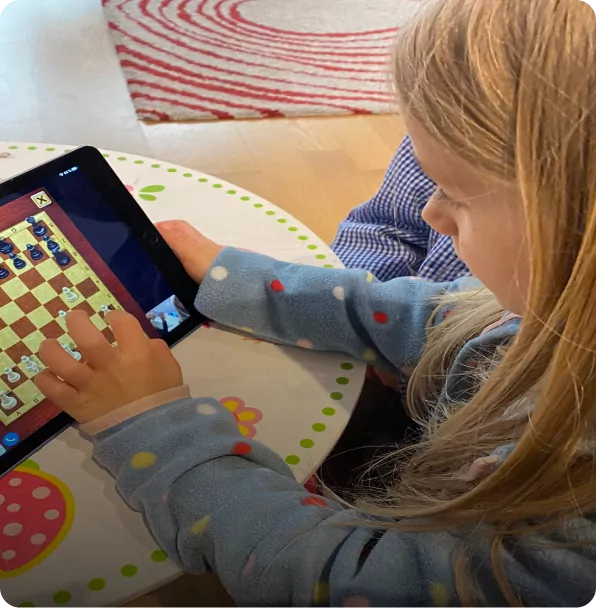
Together App

Netherlands Red Cross

Norwegian Refugee Council
Insight 4
Program
participants feel the personalization gap
Nonprofits can build trust and credibility by meeting their audience's preferences
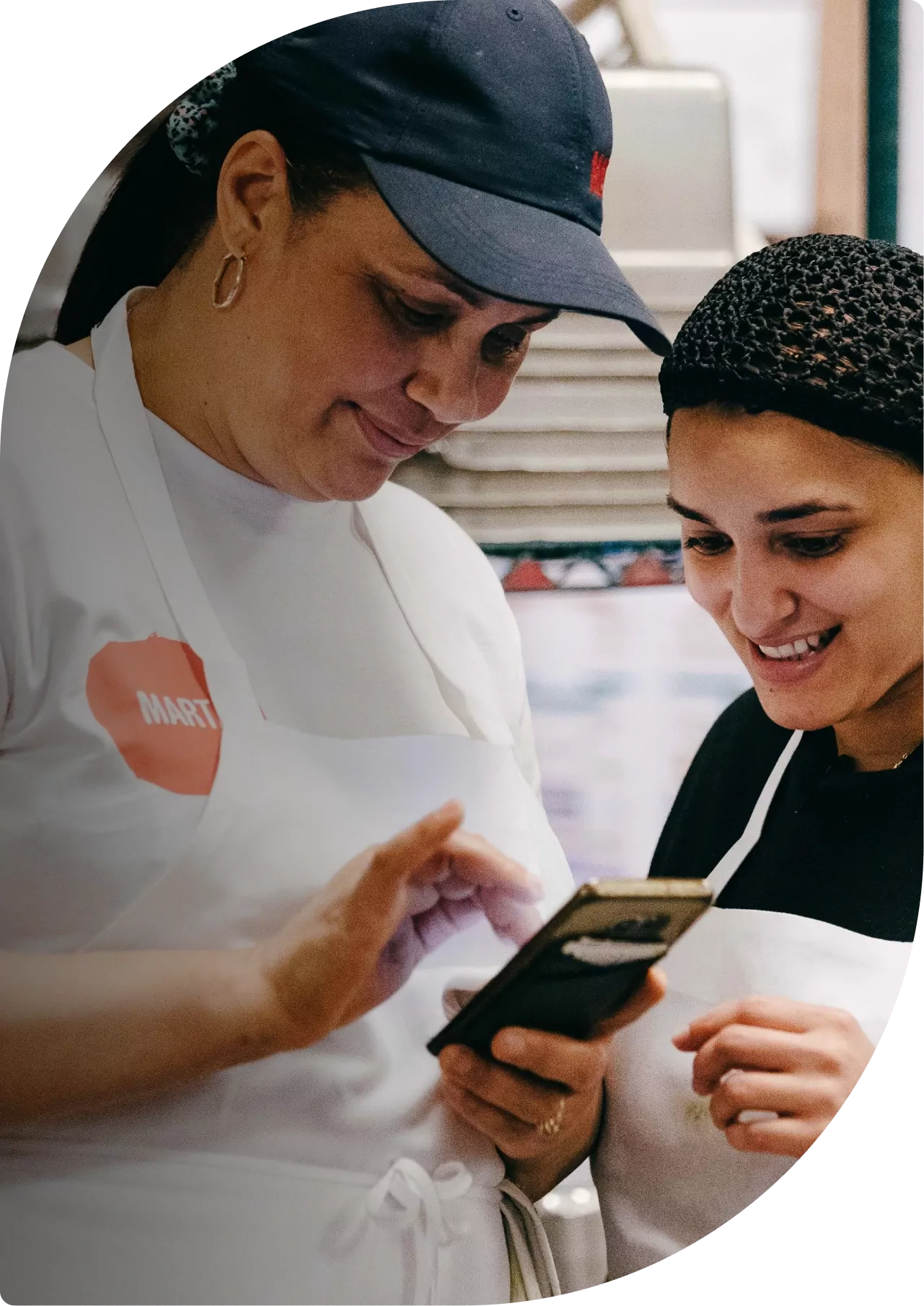
Opus
Personalization is the #1 area program participants want nonprofits to prioritize
People want more personalization in the way they interact with nonprofits, ranking it as the top area where organizations can improve program experience. Nonprofits agree, with 77% stating personalization is a high or critical priority for 2022.
By meeting people's communication preferences, nonprofits build credibility and trust with the people they serve. Personalization can start as simple as communicating on preferred channels. For instance, our research shows a generational divide in preferences with Baby Boomers and Gen X preferring email at a much higher rate than Millennials and Gen Z. With an increasing abundance of available channels, it will be imperative for nonprofits to understand which channels their audiences prefer.
Digital leaders are taking personalization one step further by integrating their communications into data systems like a CRM or customer data platform (CDP). Now when their agents connect with a program participant, they're able to review the participant's historical experience and context with the organization to better serve their specific needs.
Get the full insights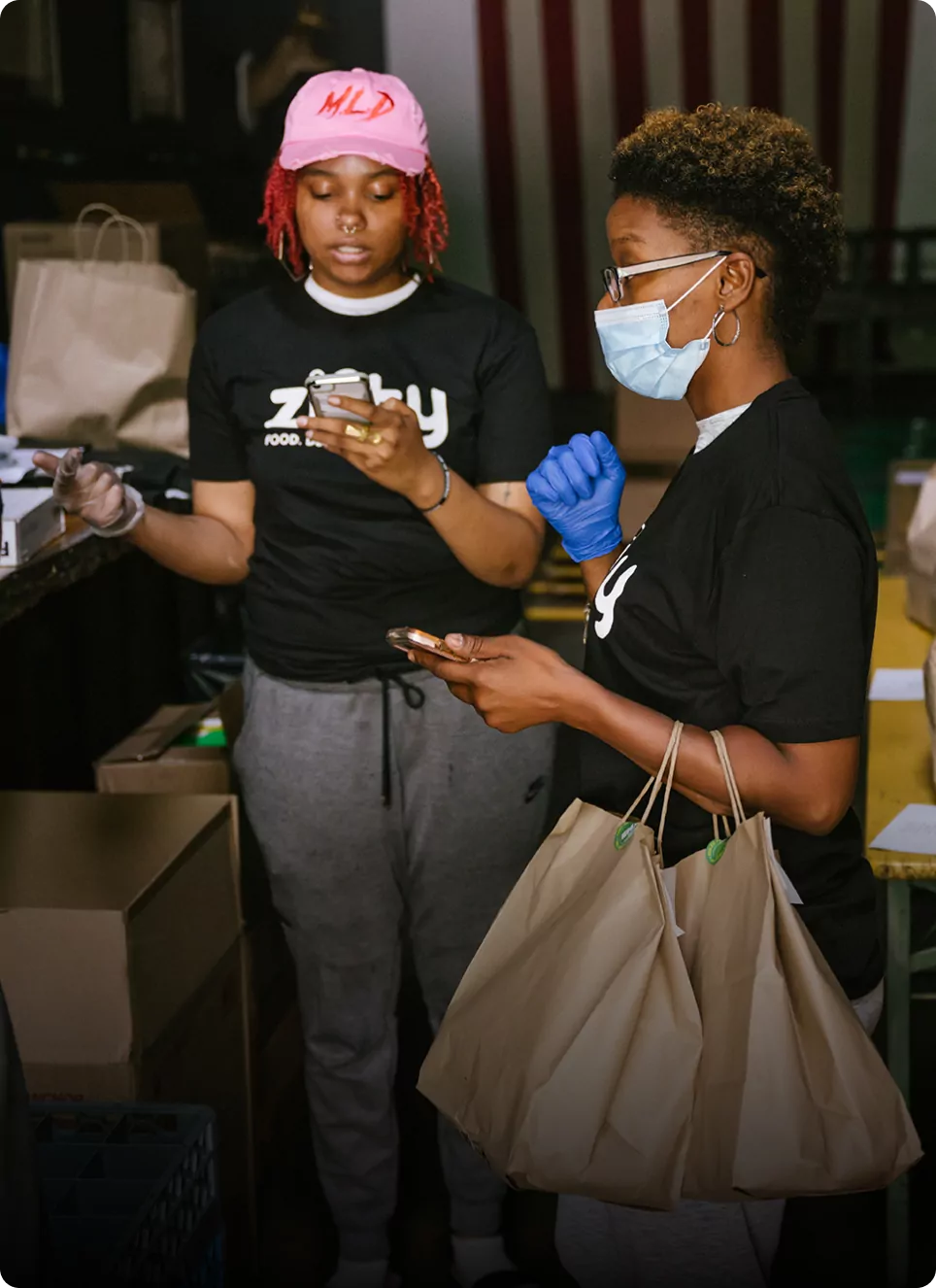
ATL Family Meal
Insight 5
Several segments of the nonprofit sector pull ahead in digital maturity
Leading organizations demonstrate successful approaches for others to follow

UNICEF
Innovative sectors make long-term bets on digital engagement
Some nonprofit subsectors are pulling ahead in advancing their digital communications strategies. For example, education nonprofits expect three quarters of their student and family engagement will be digital by 2025, and 80% of civil rights and human service nonprofits plan to increase their investment in digital communications in 2022. In the rising world of connected healthcare, 51% of health organizations now utilize digital communications to increase their responsiveness to program participants.
Many of these organizations see digital communications as critical to their program delivery. Investments in digital engagement from digital leaders will pave a path for other organizations to follow. Nonprofits can use these leading examples to support their digital transformation goals and meet the needs of their program participants.
Get the full insights74%
74% of student and family engagement with education nonprofits is expected to be digital by 2025
4 in 5
4 in 5 civil rights and human service nonprofits plan to increase their investment in digital communications in 2022
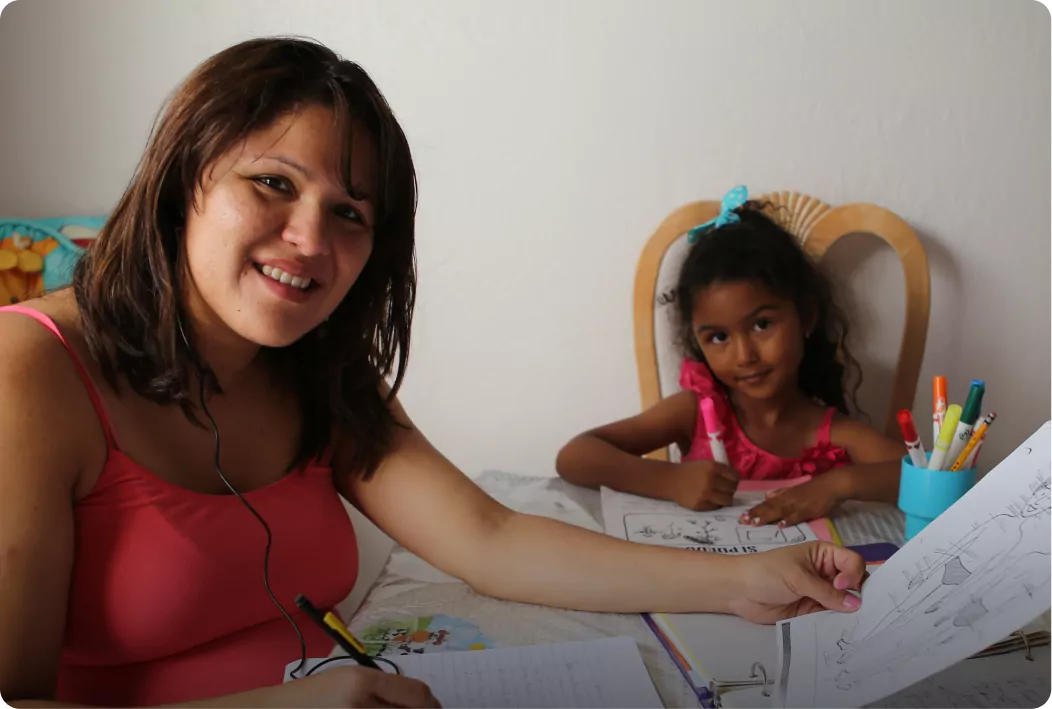
Cell-Ed
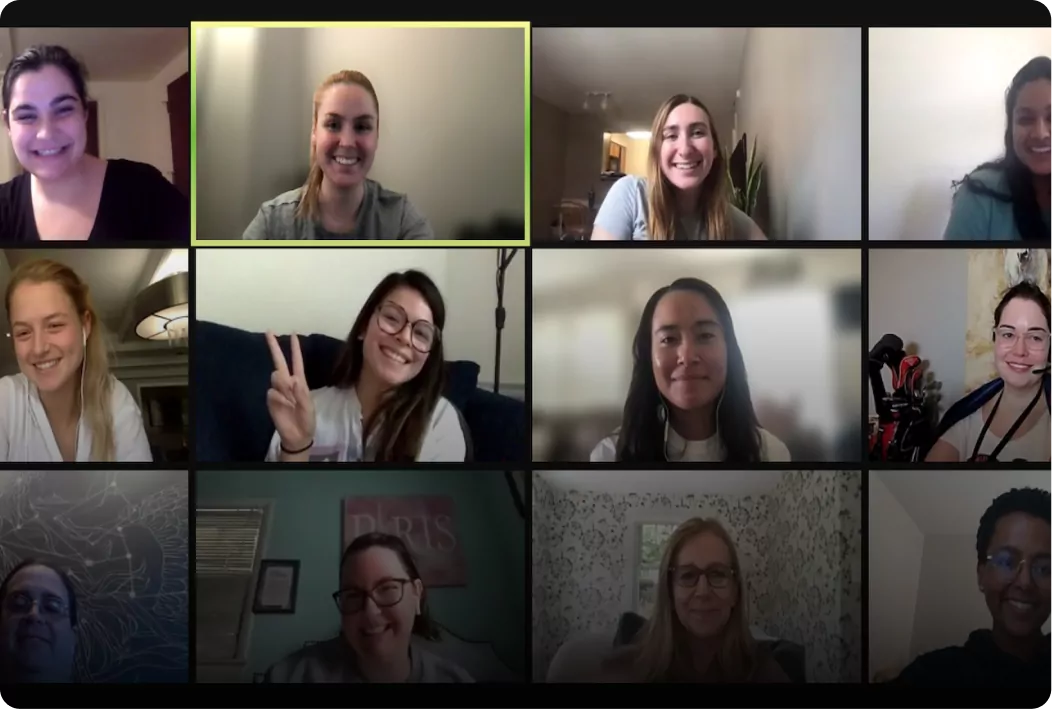
National Alliance on Mental Illness
